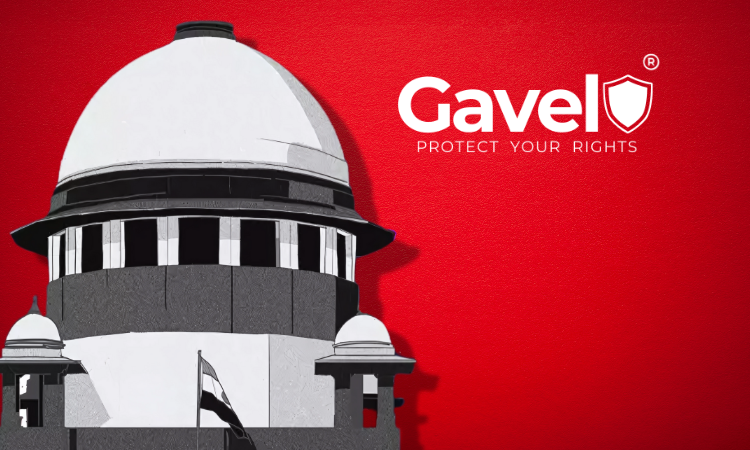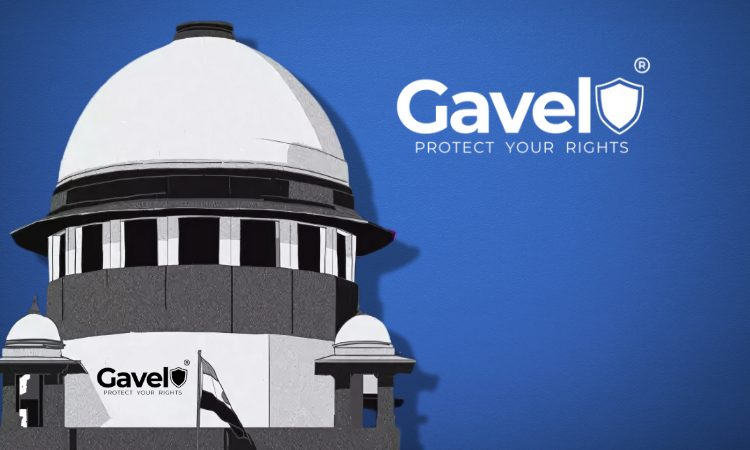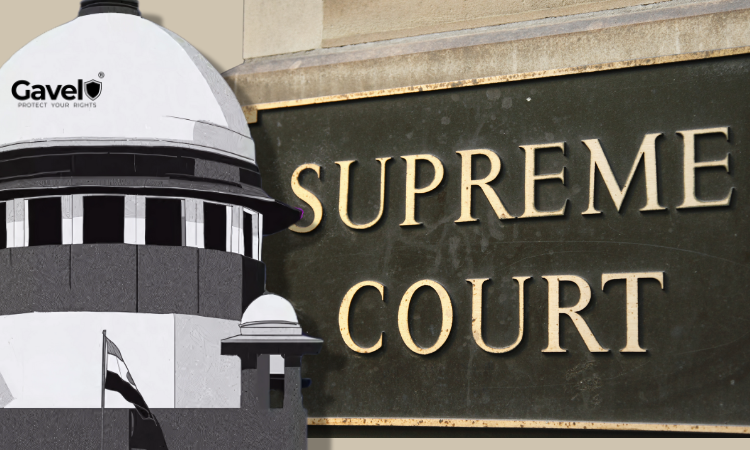Supreme Court Quashes Criminal Proceedings Based on Res Judicata and Lack of Corporate Prosecution
In a crucial intervention to safeguard religious structures and procedural fairness, the Supreme Court of India on April 16, 2025, granted a stay on the proposed demolition of the Hazrat Saatpeer Sayed Baba Dargah in Nashik. The case, brought before the Court under a Special Leave Petition (SLP), arose after the Bombay High Court reportedly refused urgent listing of the petitioner’s writ plea against a municipal demolition notice.
This matter underscores the judiciary’s responsibility to balance municipal powers with constitutional protections, particularly those related to religious freedom and access to justice.
Background of the Case
The petitioner—Hazrat Saatpeer Sayed Baba Dargah—approached the Bombay High Court on April 7, 2025, challenging a demolition notice dated April 1, 2025, issued by the Nashik Municipal Corporation. The Dargah sought a writ under Article 226 of the Constitution to set aside the notice and stay the proposed demolition.
Despite filing a praecipe for urgent listing on April 8, 2025, the High Court allegedly declined to hear the matter before the expiry of the 15-day deadline stated in the notice—i.e., April 15, 2025. This inaction prompted the petitioner to approach the Supreme Court directly under Article 136.
Supreme Court’s Observations
The bench comprising Justice Pamidighantam Sri Narasimha and Justice Joymalya Bagchi expressed concern at the unusual procedural developments, particularly:
– The High Court’s refusal to list the matter urgently despite multiple requests;
– The imminent threat of demolition of a religious structure without adjudication;
– The petitioner’s consistent efforts to seek judicial intervention before the deadline.
The Court, acknowledging the urgency and potential irreversible damage, ordered an immediate stay on the demolition and directed that the matter be listed for final hearing on April 21, 2025.
“We have taken this extraordinary measure in view of the specific statement of the learned senior counsel that efforts were made every day for getting the case listed.” – Supreme Court Order dated 16.04.2025
Directive to Bombay High Court
Significantly, the Supreme Court directed the Registrar General of the Bombay High Court to file a report on the procedural history regarding the non-listing of the petitioner’s writ petition. The Court made it clear that such a serious claim—if found to be accurate—raises questions about the High Court’s administrative responsiveness in urgent constitutional matters.
Key Legal Issues
1. Right to Be Heard Before Demolition
– Under natural justice and Article 14 of the Constitution, affected parties must be given adequate opportunity to contest adverse municipal actions.
2. Protection of Religious Structures
– Article 25 guarantees freedom of religion. Any action impacting religious places demands heightened scrutiny and sensitivity.
3. Judicial Accountability in Urgent Matters
– The Supreme Court’s insistence on a report from the High Court Registry reinforces transparency and accountability in case management systems.
Implications of the Order
– Sets a precedent for the urgent protection of religious structures from unilateral demolition.
– Signals stricter scrutiny of High Court administrative conduct in handling urgent writ petitions.
– Highlights the importance of judicial access and procedural fairness, even in municipal and civic planning matters.
Conclusion
The Supreme Court’s swift response in the Hazrat Saatpeer Dargah matter demonstrates the importance of protecting both constitutional rights and the sanctity of religious institutions. At the heart of this case lies a broader concern: that procedural lapses or inaction should never result in the irreversible destruction of heritage or faith-based structures.
As the matter is next listed for hearing on April 21, 2025, all eyes will be on how the High Court addresses the underlying constitutional challenge and whether procedural reforms in urgent listings follow.





.png)